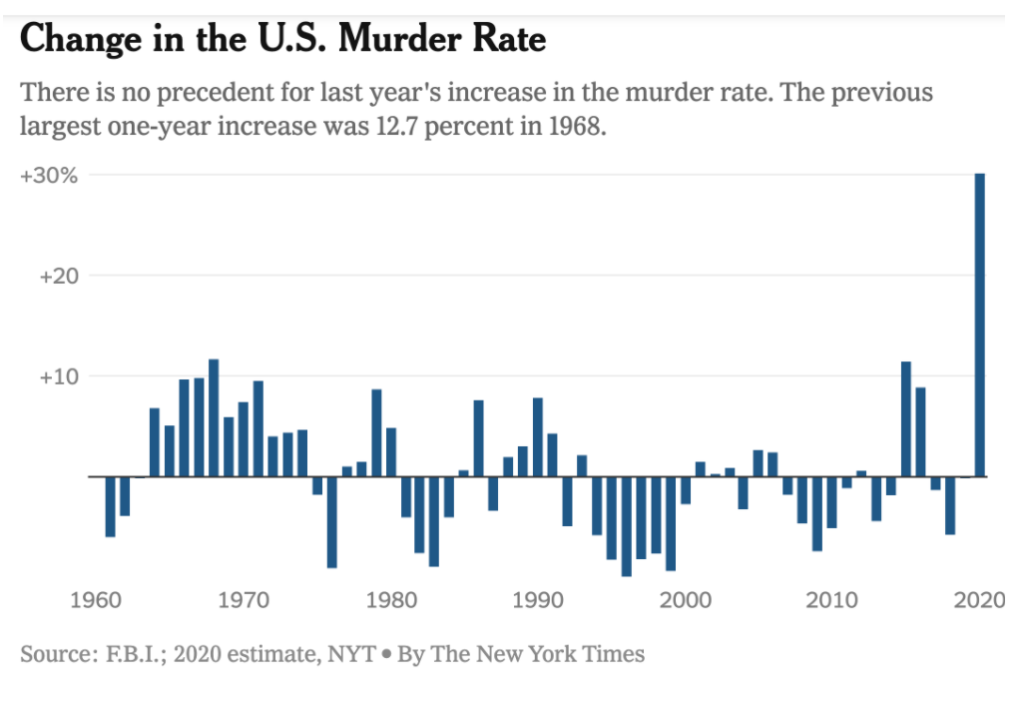Link: https://www.policygenius.com/life-insurance/news/staircase-michael-peterson/
Excerpt:
It’s been 21 years since novelist Michael Peterson was on trial for the murder of his wife, Kathleen, but the case is still capturing the public’s attention—most recently in an HBO Max series, “The Staircase.”
….
The case also involved the potential for a large life insurance payout. Kathleen had a $1.4 million life insurance policy, which was due to be paid to Michael in the event of her death. Prosecutors said Peterson was hoping to use the payout to address his debt [1] , including $143,000 in credit card debt.
…..
Peterson signed away any claim to the life insurance proceeds during the trial. However, because of the slayer rule, Peterson wouldn’t have been able to collect any money. Under the slayer rule, anyone suspected of murder or plotting a murder is prevented from benefiting from the dead person’s life insurance policy. Instead, Kathleen’s biological daughter, Caitlin Atwater, and her daughter’s father, Fred Atwater, received the money. [2]
In the scope of insurance fraud, life insurance murders aren’t a huge occurrence but they do happen, says Matthew J. Smith, executive director of the Coalition Against Insurance Fraud. For instance, in 2017, Joaquin Shadow Rams Sr., was convicted of killing his 15-month-old son for insurance money. Rams had taken out a $500,000 life insurance policy on the boy soon after he was born, which Smith says, should have been a red flag.
Author(s): Lisa Rabasca Roepe
Publication Date: accessed 18 June 2022
Publication Site: Policygenius

